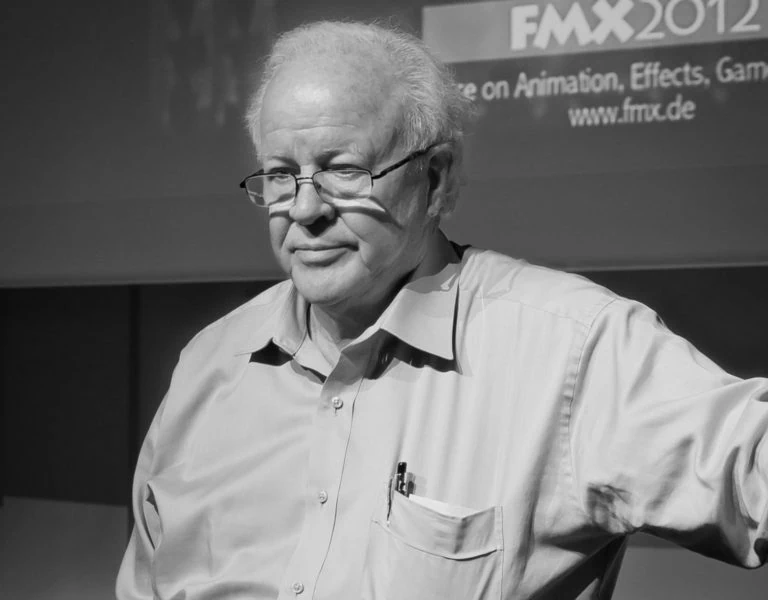
How did you get into VFX?
After film school my first job was a runner at Jim Henson’s Creature Shop. It was an amazingly creative place to work and it sparked my love of exploring ways to make the unimaginable come to life. I worked my way up to Head of Production but then took the leap into digital effects and never looked back.
What gets you out of the bed in the morning?
Working out how we can get that little piece of magic onto the screen within the timeframe and budgetary constraints without sacrificing any quality. Conversely, the same inspiration is also what keeps me up at night!
What’s your favourite part of the job?
I love my job! We are lucky in VFX that we are on a show from pre-production, shoot, post through to the grade. We take the journey with the Director and it’s awe inspiring to see their vision develop and come to life.
Looking back at all the films/projects you’ve made, what lessons have you learned?
I’ve learned that no matter how hard the situation, there is always a solution. You just have to open your eyes to what’s possible rather than only be concerned about what’s probable.
Most valuable skill?
Keeping calm, humour and remembering the united goal is to make the film the best that it can be.
Favourite memory of working on Foundation 2?
For the shoot: Working with our fantastic team on the wonderful locations and the sets.
For the post: David Goyer’s joy of seeing a creature or FX for the first time and knowing it was exactly how he’d envisioned it.
Do you think the VFX industry has evolved during the pandemic or in recent years? How?
VFX by its nature lends itself to remote working. However, I worry that with the reluctance to go back into the workplace both in the facilities and on the production side we are losing the valuable interaction where people can work out challenges beyond the pressure of a meeting or zoom room. This is particularly true for junior artists. Cross pollination over a coffee or a pint at the pub after work allows for cohesion in a team which in turn promotes creativity.
What is your view of the UK VFX industry currently, and do you think there are any changes on the horizon for the sector?
VFX by its nature is at the forefront of change. UK companies are actively developing their pipelines to explore the cutting-edge combination of LED Volume, Motion Capture, and Unreal Engine rendering. AI and what it can achieve is at a defining moment for Actors and Writers. For VFX, AI is part of our toolkit. We have to embrace it and the enormous changes that it will inevitably bring to our sector both in filming and post.
You have been part of the VFX and Post Talent Agency since its birth? Why did you join initially and why are you still part of it after almost three years?
VPTA is all about Harriet Donington. Unlike most Agents Harriet has had years of first-hand experience working directly in the field both vendor and client side. She is acutely aware of the stresses of production and the personalities involved in each project. Consequently, when she puts someone forward for a position, she has absolute certainty that her client is the right fit both for the project and the studio. As a result, the studios trust her judgement which in turn provides her clients the confidence to hit the ground running.
Harriet absolutely optimises the phrase ‘nurturing talent’. She is also an incredibly nice and generous person with her time and energy which makes each one of her clients feel special.












